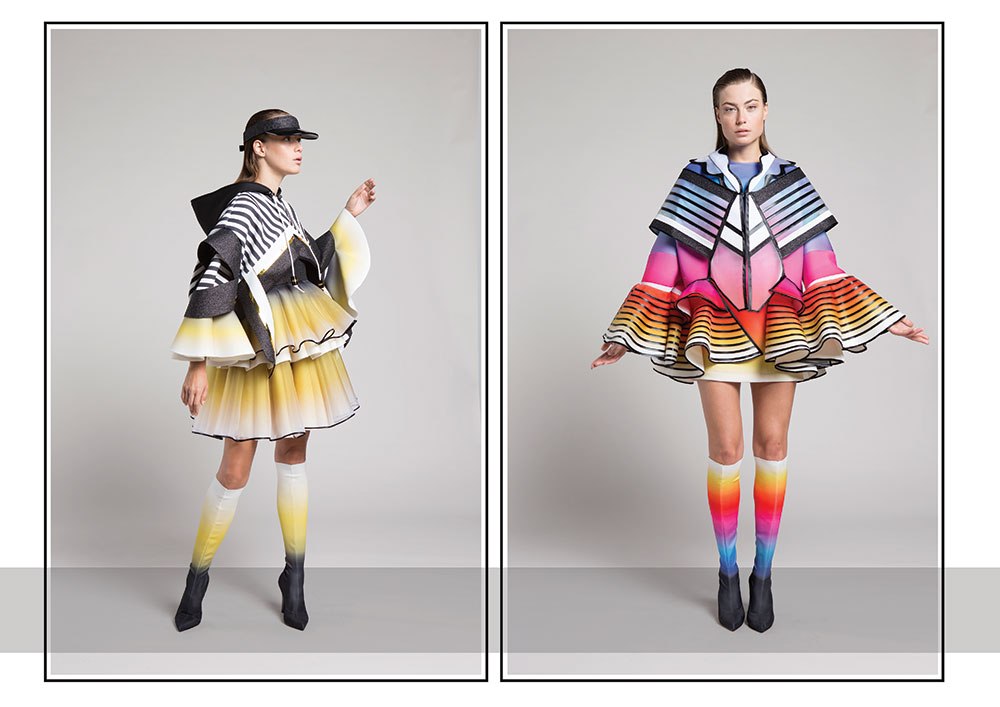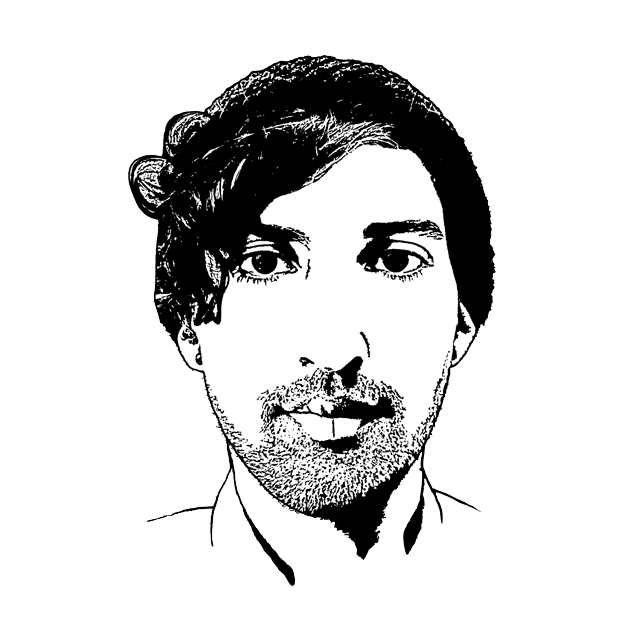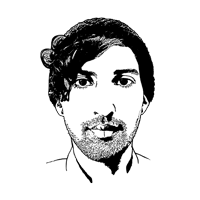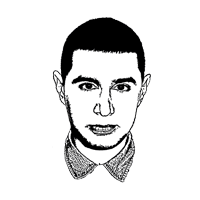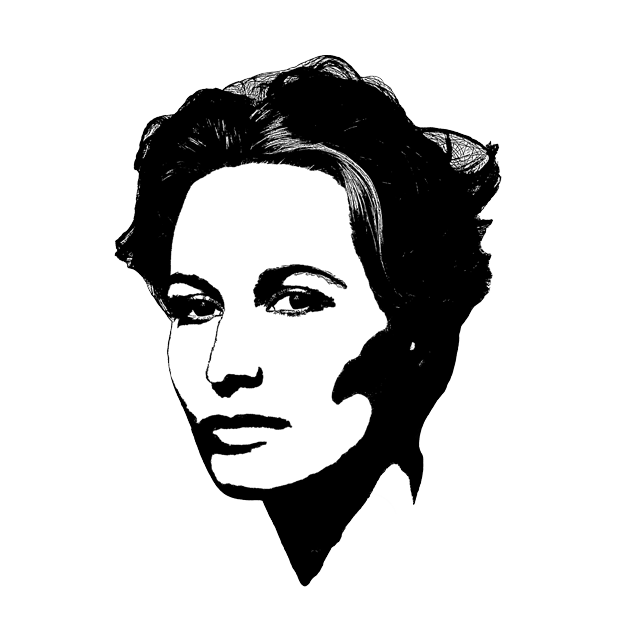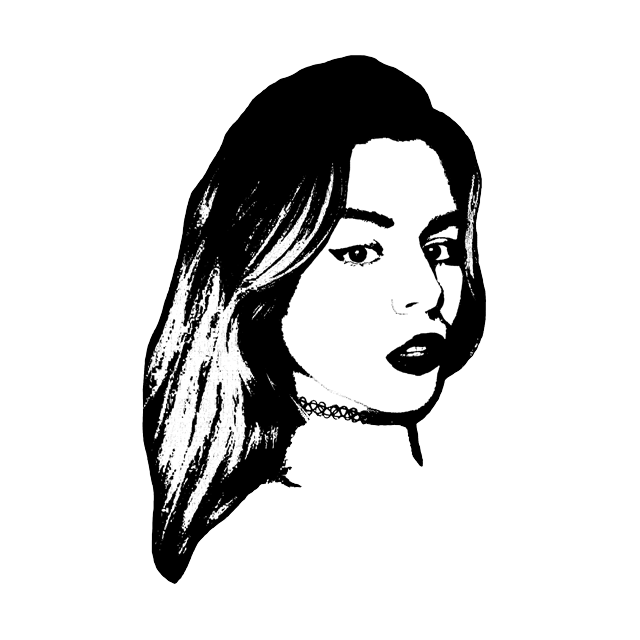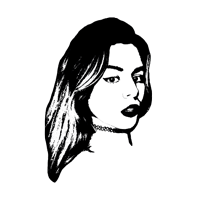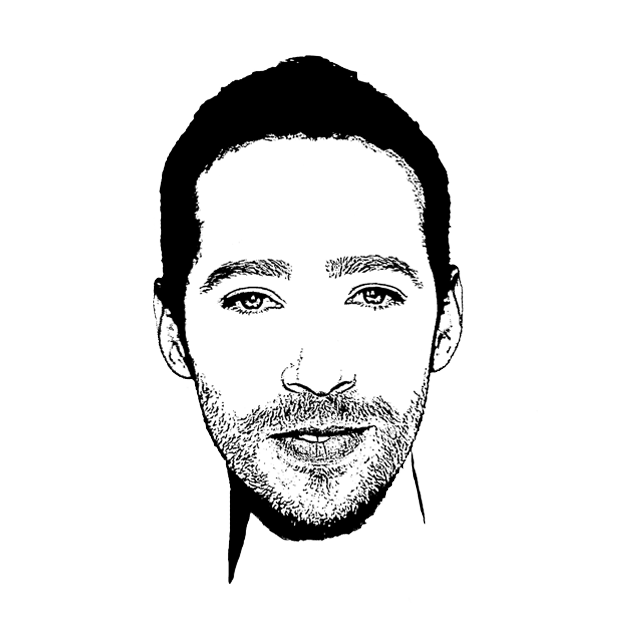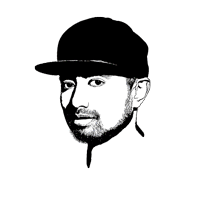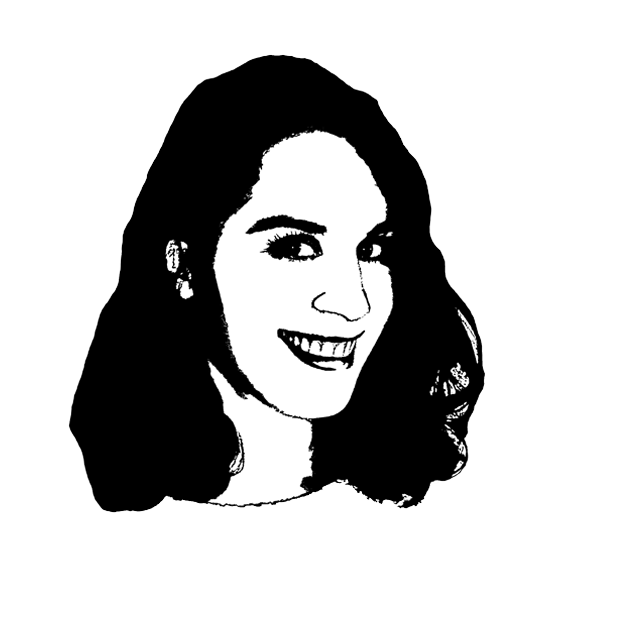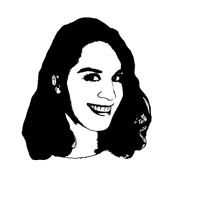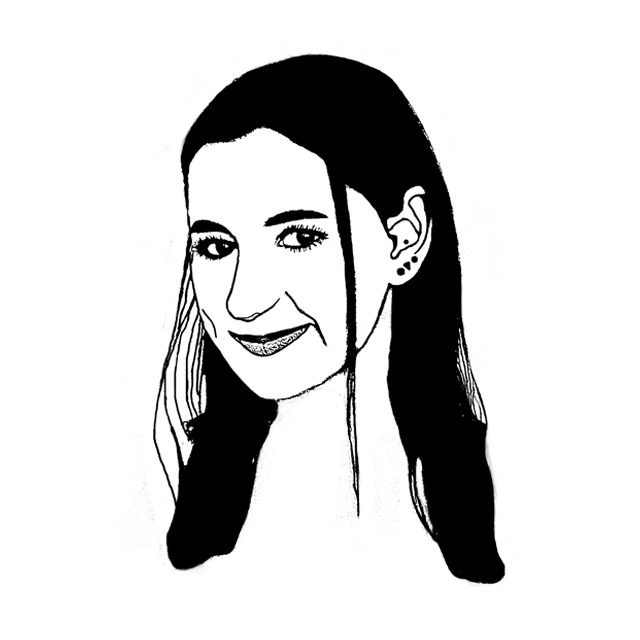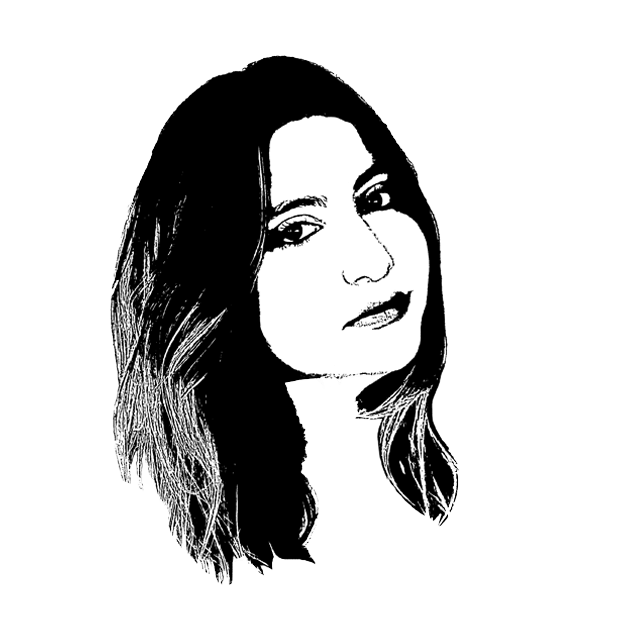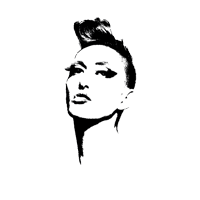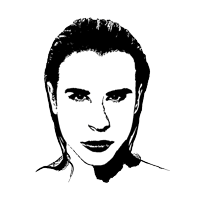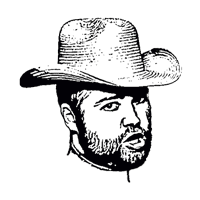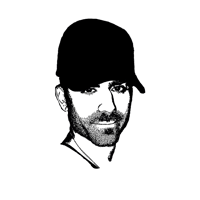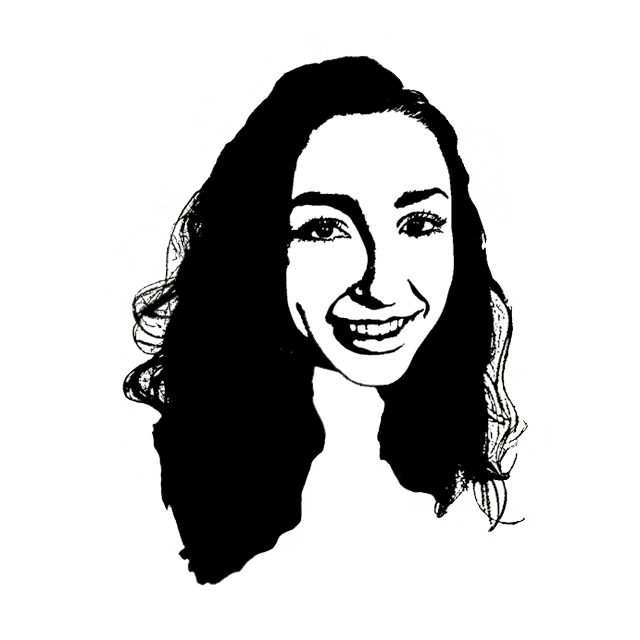A proud graduate of Shenkar College of Engineering and Design, Nataf Hirschberg is a talented and dedicated designer with several aspirations to build a private brand of her own one-day. She is a thoughtful and meticulous designer who is inspired by old fashioned methods of graphic design combined with new age technologies. Nataf uses objects in her everyday life as inspiration for her designs but ultimately bases a lot of her work off her mothers aesthetic from the 80s. She is honest about her struggles as well as her successes as a young designer and I believe her story is a wonderful example of someone who understands that hard work and dedication is key to reaching your goals.


I absolutely love the geometric shapes on your designs…what inspired you to create clothing in this unique way?
My collection was inspired by my mother’s work as a graphic designer in the 80’s. When I started off doing my own designs, I found we shared very a similar aesthetic expressed it using completely different techniques. During my mother’s time as a graphic designer, the industry underwent some serious changes. Methods of graphic design went from being almost entirely manual to being primarily done using software and different technologies. This change completely deterred and overwhelmed my mother and actually made her quit her profession entirely. In this specific collection I researched graphic design style from the 80s because I wanted to explore both low tech and high tech tools of graphic design, as a way to recreate the common aesthetic my mother and I shared. I started my work on this collection like any graphic designer starts a project; I used all white fabrics as a canvas and then designed prints using graphic design software and flex printing.
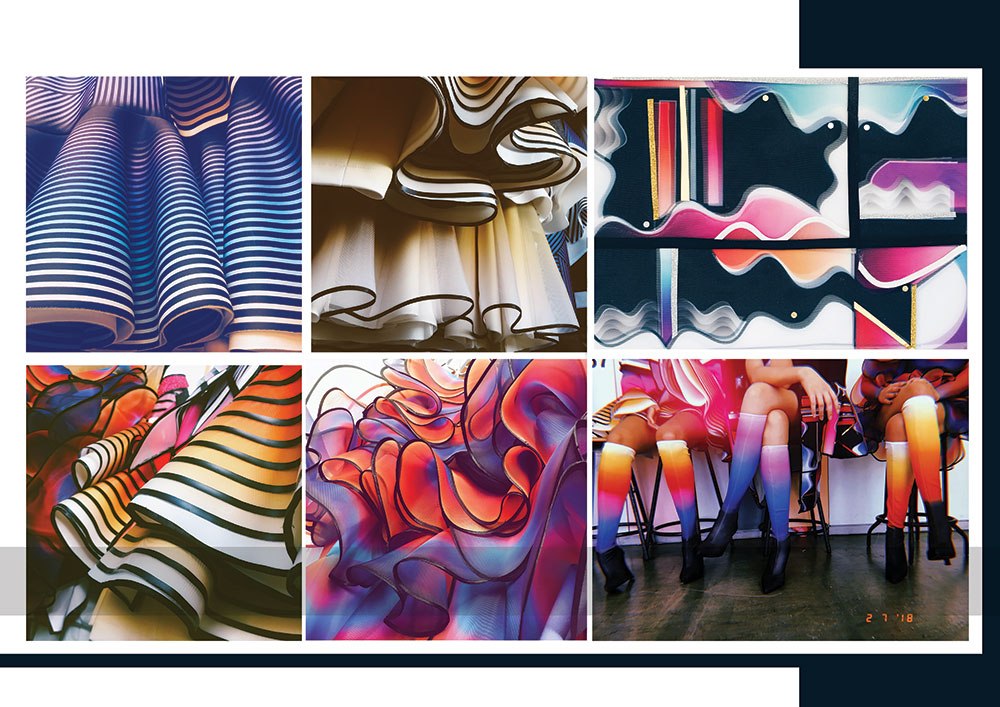

Do you have a main source of inspiration when designing a new line or does it just come to you as you go?
I am inspired by the innovation of fashion and how it evolves over time. I am also inspired by things I see in my everyday life such as nature, different types of art and just miscellaneous objects that emulate the desired look of my designs.
How do you choose what colors to incorporate in your clothing?
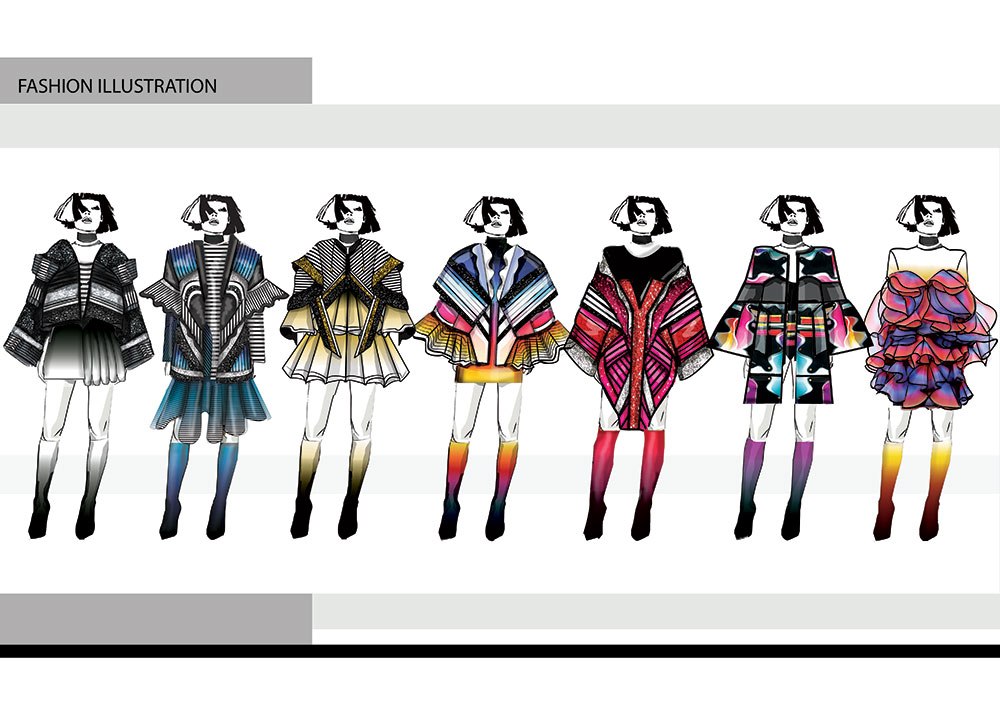

For this line specifically I went back and did a lot of research on the colors and futuristic style techniques that were used in the 80’s. After picking out my palette, I went back to my mother’s work and found, to my surprise, that the colors I chose were the same colors my mother had used on her business card from her time as a graphic designer which was totally ironic and really special to see.
How do you decide what fabrics you want to use for your pieces? Do you have a specific material you find yourself using consistently?


Most of this collection is made using scuba fabric, which I actually find myself using quite frequently, because it behaves exactly how I want it to for my designs. In my design process I first played with sol material, which can be applied, to fabrics as a liquid to create nanofabrics. Nanofabrics are textiles that are created with small particles that work to give ordinary materials useful features such as extreme water resistance (i.e. scuba material.) I started using the scuba fabric because I found to provided the same textural effect that the sol did on the paper.
How long have you been a designer?
I can’t remember a time in my life that I did not absolutely love fashion; however, I only began to design my own stuff after the army when I started working on my portfolio for Shenkar.
Did you always want to be a designer or was this something that happened for you later in life?
I grew up near Shenkar College and my dream was always to be a student there. I always saw kids coming and going with tons of fabrics and big bags, and I just knew in my gut that this was a place I needed to be.
How did your career get started?
My career got started right after the army when I applied to Shenkar College. I went through the whole application process; made a portfolio, took all the exams, but unfortunately I did not pass my exams. Instead of wallowing, I actually ended up leaving Israel, moving to London and taking courses at Central St. Martin College. After three months in London, I came back to Israel, reapplied to Shenkar and was accepted. The first year at school was incredibly hard for me; I felt confused and did not understand a lot of what was going on in my classes. It was not until the very end of the first year that I finally started having confidence in my abilities and really sought out the support I needed.
What would you say the hardest part of being a designer has been?
I would say the hardest part of being a designer, and specifically a fashion designer, is the constant negative feedback you get on your designs. It’s a really tough industry to be in because people are incredibly critical of your work. As you can imagine, being constantly analyzed can make you question your talent/ideas as well as why you became a designer in the first place.
Over time I have come to realize that in order to be successful in this industry you have to stop listening to what people are saying and just follow your intuition. If there is one thing I took away from fashion school at Shenkar it is to hear criticism, accept that it will happen, but never to rely on it and let it deter you from following doing what you love.
What is your favorite part about being a designer?
I think my favorite part about being a designer is getting to do what you love as your career and create work that you really believe in. It is always an amazing feeling to know that people want to buy and wear things that you designed and produced. It is incredibly gratifying to receive positive reviews about something that is so important to you and that you created with hard work and passion.
Where do you see your brand going in the next 10 years? Do you plan to keep it on this same track or change it up?
One of my biggest ambitions has always been to start to my own private business with my designs. With that being said, I know that reaching this goal will definitely take some time to really take off and prosper. For now; however, I am very content working for highly skilled designers all around the world and continuing to learn and develop my own techniques before I break off and try to make it on my own.
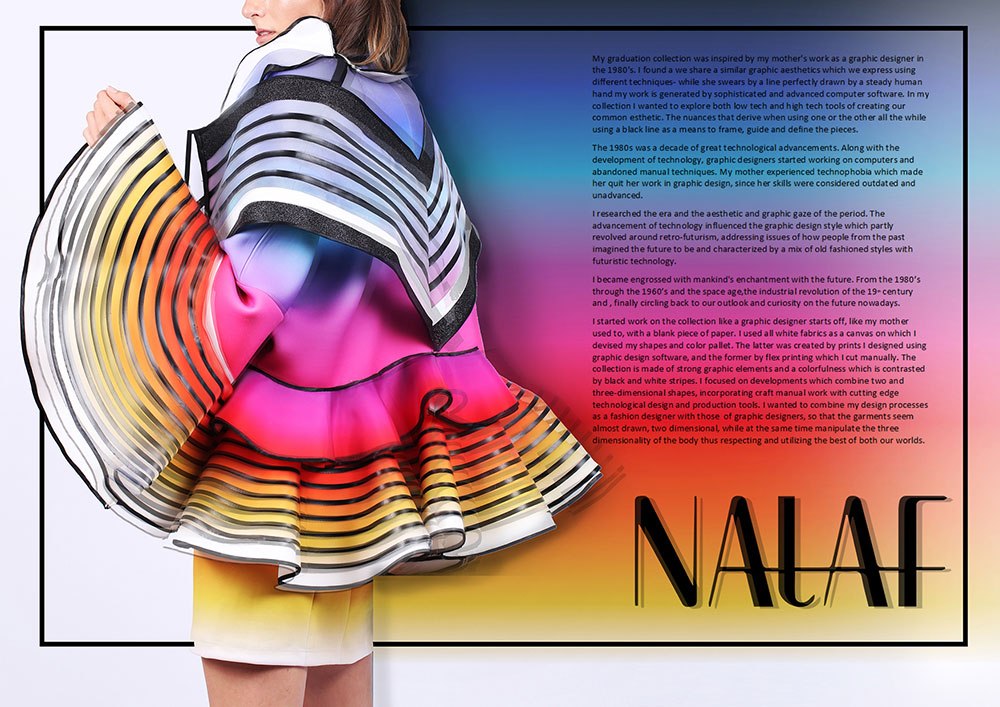

Runway photos by Avi Valdman
Studio Photos by Guy Kushi & Yariv Fein
Interviewed by Jaqui Gutman
Subscribe
To newsletter
Subscribe to our newsletter for a healthy dose of consciousness. Benefits may include a heightened spiritual awareness and a more refined sense of style.

 CON
CON CON
CON


